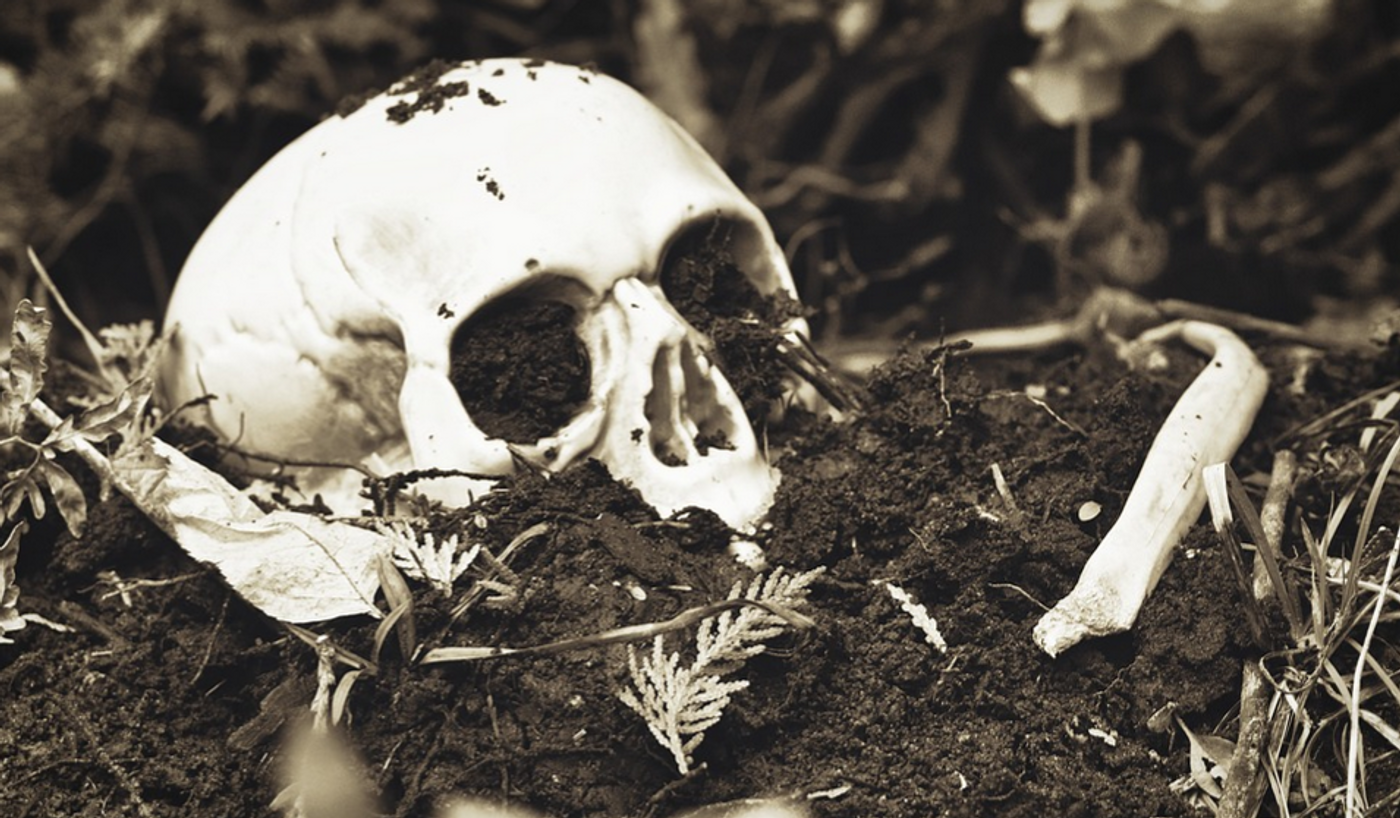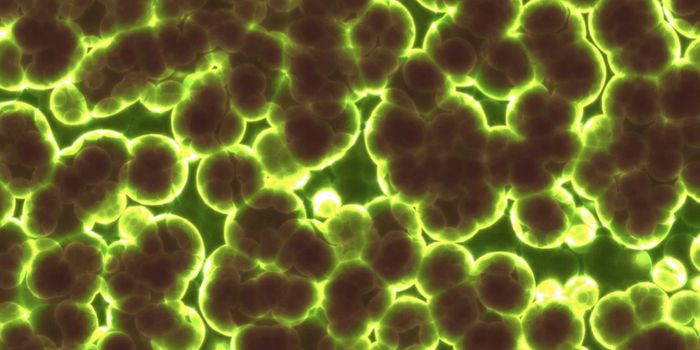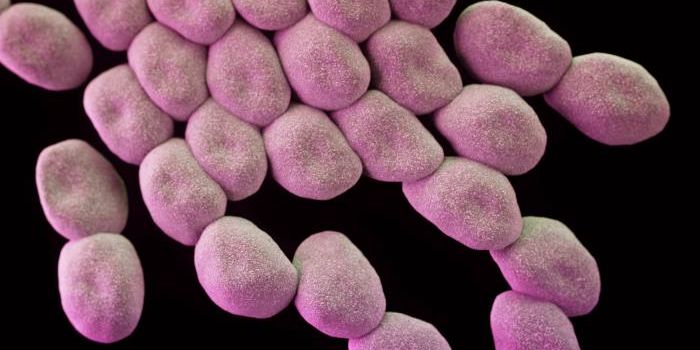Organic life on earth dies, and when that happens, it must decompose. Most decomposing organic material on Earth is dead plants, and this is a process scientists have described in detail. But we know far less about how vertebrates, including humans, decompose. But there have been efforts to delve into this mystery. Now a new study has revealed a group of twenty microbes that are crucial to the decomposition of animal flesh. This research could have a significant impact on the field of forensic sciences, and may one day help officials determine more accurate times of death. The findings have been reported in Nature Microbiology.
"It's really cool that there are these microbes that always show up to decompose animal remains. Hopefully, we're busting open this whole new area of ecological research," said senior study author Jessica Metcalf, an Associate Professor at Colorado State University.
In this study, the researchers were able to utilize 36 decomposing cadavers that were studied at three forensic anthropological facilities: Colorado Mesa University, Sam Houston State University, and University of Tennessee, Knoxville. The bodies decomposed over all four seasons in different climates, and the researchers gathered samples of skin and soil from each body over the first 21 days of the process.
The microbial community in these samples was assessed. When these microbial communities relate to dead vertebrates, they are sometimes called necrobiomes. The investigators characterized the microbiomes and how they changed. They found the same twenty microbes on all 36 bodies, regardless of the type of soil or climate of the local environment.
Those different microbes also appeared on a schedule over the 21-day period, with insects closely related to their appearance on the scene. "We see similar microbes arrive at similar times during decomposition, regardless of any number of outdoor variables you can think of," Metcalf said.
With machine learning tools and additional data from other studies, the investigators showed that it is also possible to predict the time of death of a body based on the microbiome it hosts.
"When you're talking about investigating death scenes, there are very few types of physical evidence you can guarantee will be present at every scene. You never know if there will be fingerprints, or bloodstains or camera footage. But the microbes will always be there," explained study co-author David Carter, a professor of forensic sciences at Chaminade University of Honolulu.
When the researchers followed up on these microbes, they did not find any in databases of soil microbes or the microbes that are found in microbiomes from human skin or guts. These bacteria were linked to insects, however. "It seems like the insects are bringing the microbes in," Metcalf said.
Forensics could benefit tremendously from techniques that have been scientifically evaluated with rigorous, peer-reviewed methods. This research could also apply to other fields such as agriculture or food production, noted Metcalf.
"I feel like we're opening a whole lot of avenues in basic ecology and nutrient cycling," Metcalf added.
Sources: Colorado State University, Nature Microbiology









